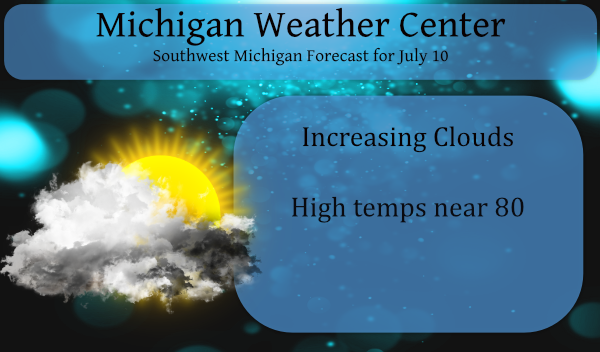The Most Intense Heat Waves
Until this year the most intense heat wave in US history happened in 1936. This years heat wave in the NW US will go down as one of the most intense in US weather history. I have to say we are lucky that this did not move across the country. Now here is some information on the 1936 heat wave. I will do a post on the Washington and Oregon 2021 heat wave on a later date.
Until recently most intense and widespread heat wave (actually a series of heat waves) ever recorded in the U.S. occurred during the summer of 1936, when 17 of the 48 contiguous U.S. states and two provinces of Canada tied or broke their all-time heat records, along with hundreds of cities. Many of these records stand today. Although we have some clues, it is ultimately a bit of a mystery as to what exactly caused the temperatures to spike so high that summer. The climatological summer (June-August) of 1936 remains the warmest nationwide on record (since 1895) with a average temperature of 74.0°F. (The second warmest summer was that of 2012 with an average of 73.7°F.) July 1936 is still the single warmest U.S. month ever measured, with an average temperature of 76.8°F beating out July 2012 by just 0.02°F
Interestingly, February 1936 remains the coldest February on record for the contiguous U.S., with an average nationwide temperature of 25.2°F. (The single coldest month on record was January 1977, with a 21.9°F average.) Temperatures fell as low as –60°F in North Dakota, an all-time state record. Turtle Lake, North Dakota averaged –19.4°F for the entire month, the coldest average temperature ever recorded in the contiguous United States for any month. One town in North Dakota, Langdon, stayed below 0°F for 41 consecutive days (from January 11 to February 20), the longest stretch below zero (including maximum temperatures) ever endured at any site in the lower 48.
Around July 8-10, the extreme heat extended all the way to the East Coast when virtually every absolute maximum temperature record was broken from Virginia to New York. This held true for most sites in the Ohio Valley, Upper Midwest, and Great Plains as well. There are so many superlatives that it is impossible to list them all. In short, the following states broke or tied their all-time maximum temperatures that July:
Indiana: 116°F (Collegeville, July 14)
Iowa*: 117°F (Atlantic and Logan, July 25)
Kansas: 121°F (Fredonia, July 18, and Alton, July 24)
Maryland: 109°F (Cumberland and Frederick, July 10)
Michigan: 112°F (Mio, July 13)
Minnesota: 114°F (Moorhead, July 6)
Missouri: 118°F (Clinton, July 15, and Lamar, July 18)
Nebraska: 118°F (Hartington, July 17, and Minden, July 24)
New Jersey: 110°F (Runyon, July 10)
North Dakota: 121°F (Steele, July 6)
Oklahoma: 120°F (Alva, July 18, and Altus, July 19)
Pennsylvania: 111°F (Phoenixville, July 10)
West Virginia: 112°F (Martinsburg, July 10)
Wisconsin: 114°F (Wisconsin Dells, July 13)
Here in west Michigan the heat wave was kind of spotty. With Kalamazoo and Grand Rapids have the worst of it. At Grand Rapids it started on July 7th with a high of 98. Then there were highs of 101,101, 102, a cool down to 99, 106, 108, 102 a big cool down to 86 and then back up to 91, 93 and then 91 a total of 11 out of 12 days of 90 or better. For the month at Grand Rapids there were 6 days of 100 or better, 7 days of 90 or better the mean for the month was 77.3° 1936 was NOT the warmest July at Grand Rapids it was the 5th warmest. At Kalamazoo the heat wave seen a whopping 9 days in a row of 100 or better topping out at 109. To go along with the 9 days of 100 or better they also had 12 days of 90 or better. At Lansing they had 7 days of 90 or better and while there were 6 days in the upper 90’s only one day was over 100 at 101. At Holland they had 12 days in a row of 90 or better and one day it did get to 99. And at Muskegon they were saying what “Heat Wave” and they did not have a single day reach 90 and many of the hottest days where only in the upper 70’s and low 80’s (they did reach 89 and 88) Remember in 1936 most people did NOT have air conditioning so it was just that much worse.
Slim

The rain never came and we finished weeding. Also what a beautiful sunset!
Well the clouds have moved in and it looks like rain soon. Not done weeding the garden.
Where is everybody?
Every one must be sleeping. It is officially 76 at GRR and that is the high for the day so far. It did make it to 78 at Holland and Muskegon. 76 at Lansing. So all in all a pleasant day.
Slim